What equipment and accessories do I need to breastfeed my baby?
So, you’re planning to breastfeed your new baby, what equipment and accessories do you need?
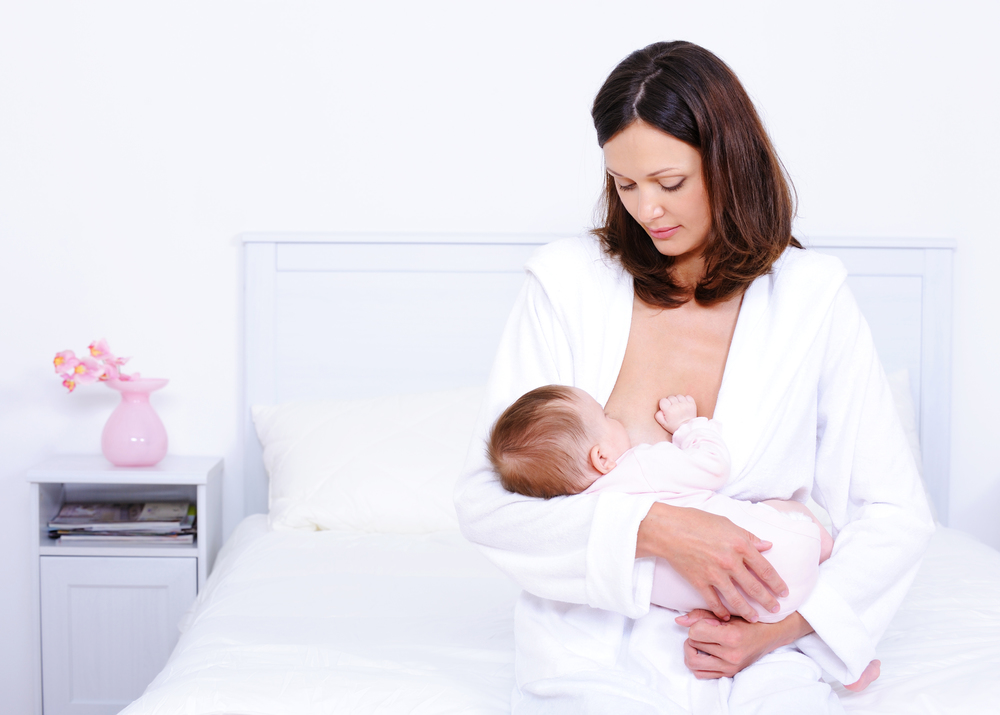
It is easy to feel overwhelmed by the large wall of feeding products when shopping and not know where to start. Luckily breastfeeding does not require a large amount of equipment or accessories.
Below I have listed the basic essentials as well as some useful optional items to consider.
DISCOVER HOW TO SURVIVE & ENJOY YOUR BABY!
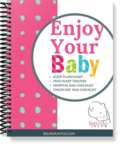 The pack is full of checklists and printables to help you improve sleep challenges with our flowchart, decide what to take to hospital, what equipment is essential, what to put in your nappy bag and so much more
The pack is full of checklists and printables to help you improve sleep challenges with our flowchart, decide what to take to hospital, what equipment is essential, what to put in your nappy bag and so much more
Breastfeeding basics:
Nursing bras:
It can be helpful to be fitted for a nursing/maternity bra later in the pregnancy. Many department stores now have a great range of maternity bras which you can fit yourself. Practice opening and closing these with one hand as you will be holding your baby in the other hand. It is hard to know which size to buy, maybe just purchase 2 before the birth. Allow a few weeks after the birth to decide which size and style to buy more of. Most women’s breasts enlarge significantly when the milk comes in on day 3-5 after the birth but this will settle over the next week or so.
Breast pads:
Breast pads are worn inside your bra and catch any breast milk leakage. You can choose between disposable or cloth pads. There are many different brands available, most importantly these need to be comfortable and not visible through your clothing. There are more washable options now available some using cotton and even bamboo. Personally I preferred disposable as they were much more absorbent and I leaked quite a lot of milk during and between breastfeeds. Perhaps start with one pack and try them before purchasing more. Some women will wear these for the entire time breastfeeding due to milk leakage and sometimes just to cover nipple show through.
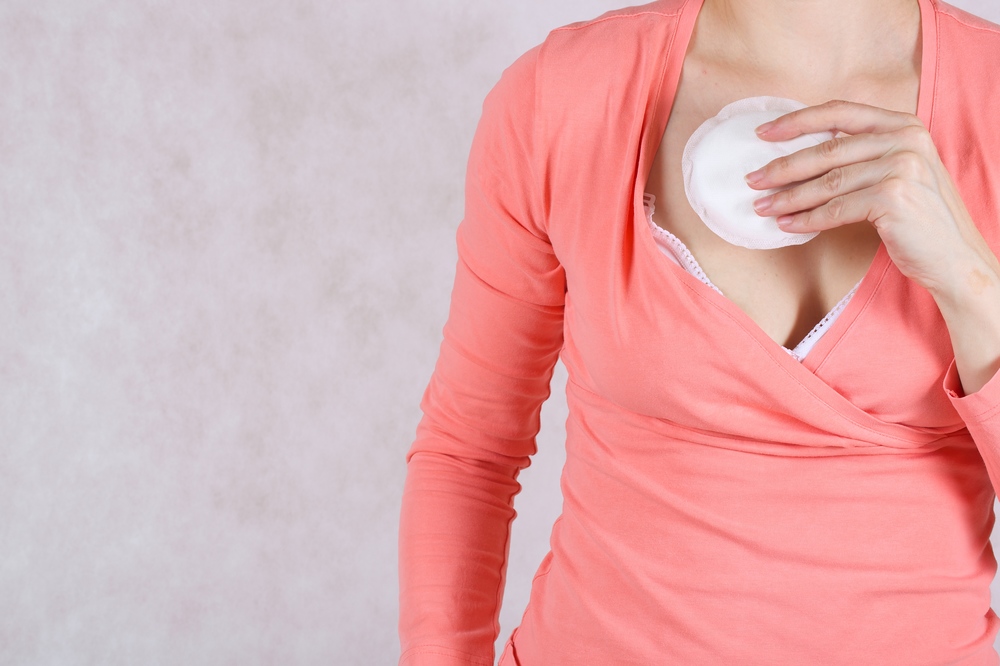
Breastfeeding Pillow:
Can be a normal rectangular pillow, simple triangle shaped pillow or a specific breastfeeding pillow (there are many brands available). This is optional but they do work well to lift your baby up to a comfortable height to breastfeed, which improves attachment as well as your posture and comfort.
Nipple cream:
Nipple cream is optional however many mothers find this very soothing to tender nipples after breastfeeds in the early weeks. There are many options available but the most common are purified lanolin-based creams which don’t need to be washed off prior to breastfeeds and are safe for your baby.
Hydrogel breast discs:
Breast discs are optional but can be helpful for damaged nipples. These help to provide the optimal environment for healing as well as comfort between feeds.
Breast pump:
There are manual and electric breast pumps available. If only using occasionally a manual pump will be all that is required but if returning to work or expressing often an electric model is best. Hospital grade pumps can be hired, particularly if your baby is in the special care nursery and you are pumping all feeds. Breast pumps are not essential as not all mothers will need to express breast milk however it does give you some freedom and may be helpful if returning to work. Some mothers choose to hand express and don’t require a pump. Be aware that many brands will only connect to the same brand of bottle.
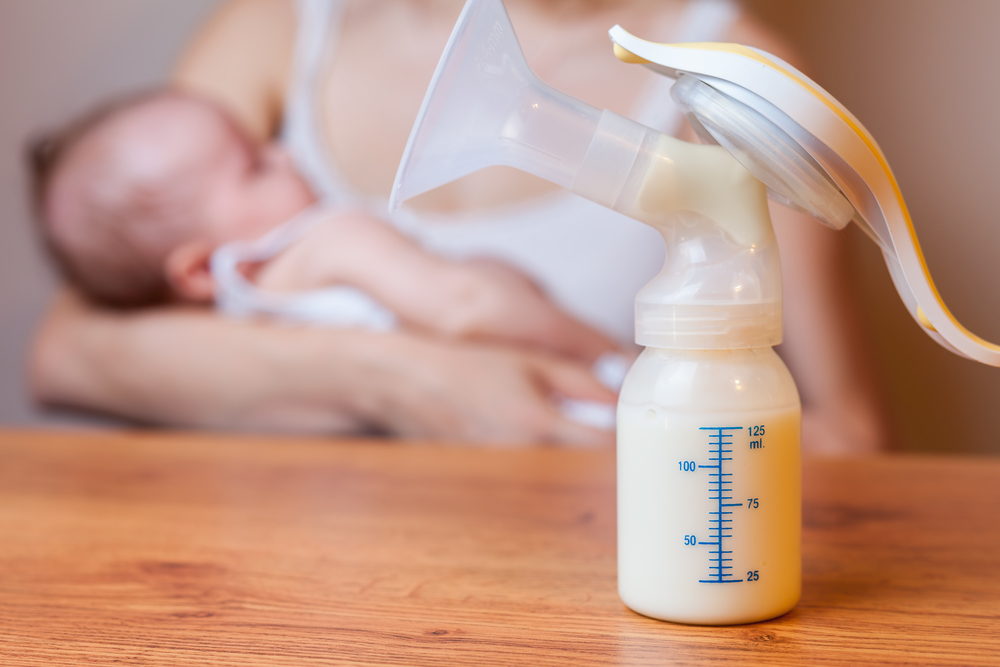
Bottles:
If you are wanting to store and feed your baby expressed breast milk you will need a bottle and newborn sized teat. Currently the most popular brands seem to be wide neck bottles with a flatter type teat, trying to mimic a human nipple. None have actually achieved this and therefore a standard shaped teat is fine for most babies. Be aware that if you buy a particular brand of bottle, you will most likely require that same brand of teat, trying to stick with a standard size bottle means it will be compatible with many teats and be more useful. Bisphenol A (BPA) free bottles are considered safer and recommended by some experts and health bodies, although BPA is not banned in Australia, it has been linked to some health concerns, look on the packaging to check.
Steriliser:
Optional as you can use a large saucepan of boiling water to sterilise bottles. A steriliser cleans equipment by removing bacteria. Electric or microwavable are fine, electric is more expensive and stays on the bench and takes up more space where as the microwavable can be stored more easily in a cupboard and is much quicker to use. It is important to follow the directions to ensure the feeding equipment is properly sterilised.
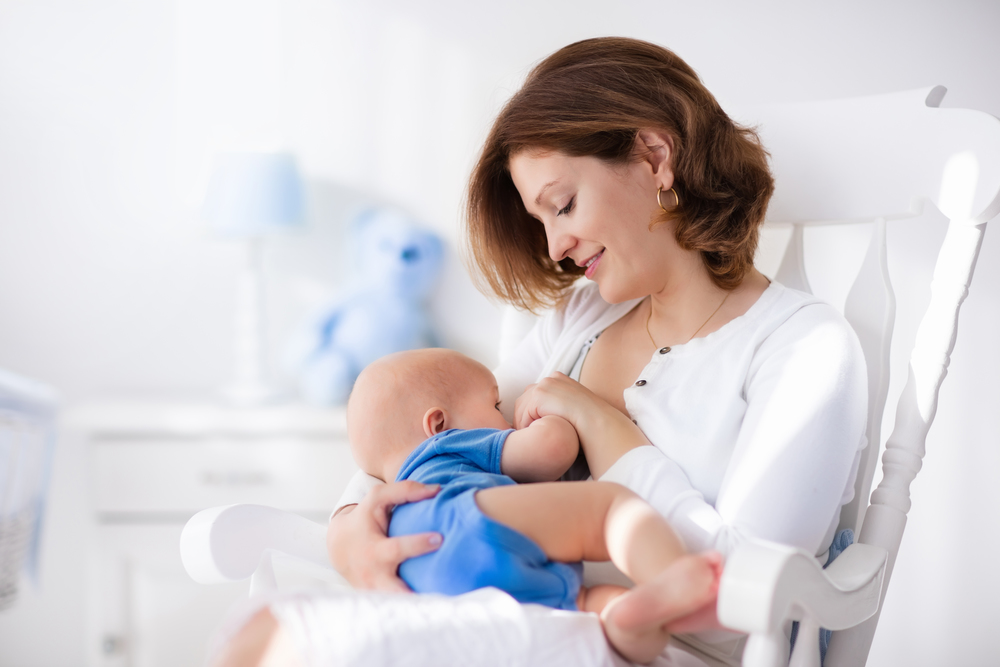
As you can see there are some optional items that may increase your comfort and ease of breastfeeding. Ask friends and family what they have found most useful and be guided by them and remember you don’t need everything to start with, you can always add to your equipment.
Be sure to sign up to my newsletter below to receive free bonus gifts including a printable baby equipment checklist which is great to take out shopping for all the essential items.
My book ‘Survive and Enjoy Your Baby, How To Find Your Path to Parenthood’ has all the information you need for your baby’s first year of life including a chapter devoted to breastfeeding. The book is available in all good book stores or from my online shop.
Download my FREE Enjoy Your Baby Bundle of resources, including:
- Checklists for baby equipment, hospital bag, nappy bag, travel & childcare bag
- Newborn Sleep Flowchart-what to do next
- Baby Feed & Sleep Tracker
- and more

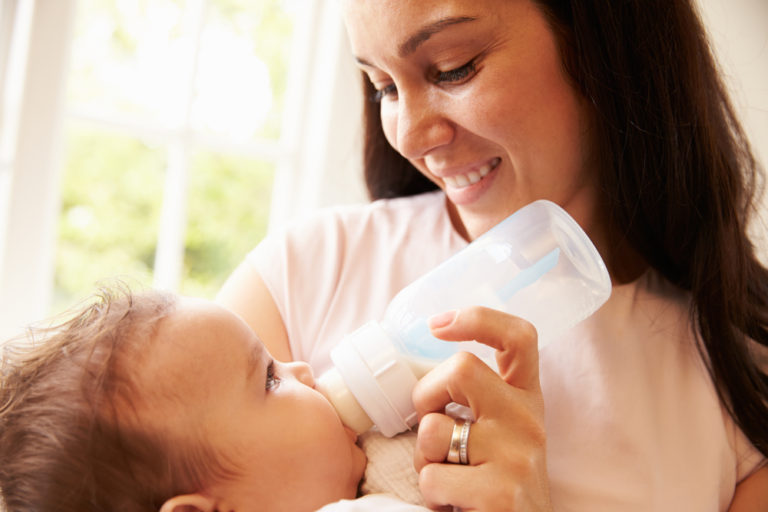

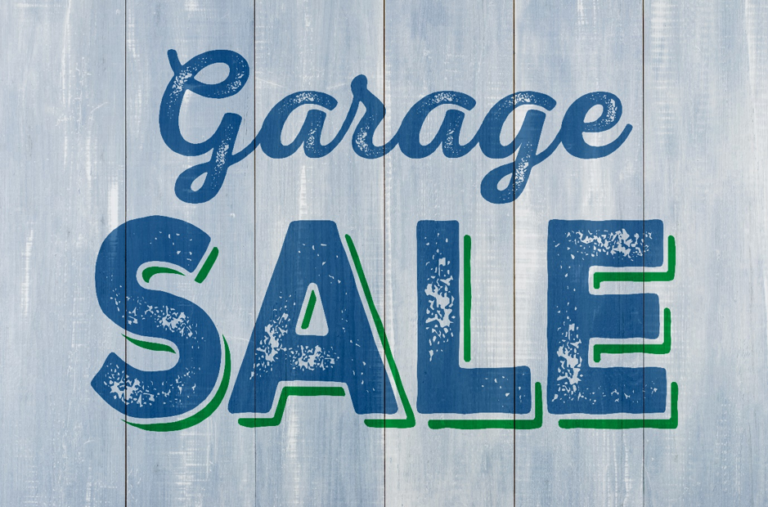

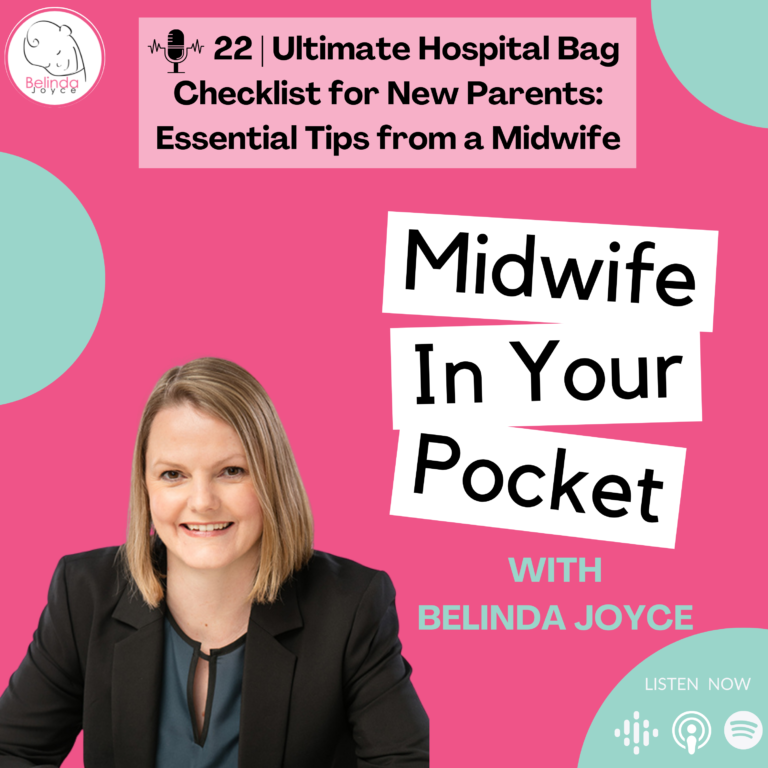
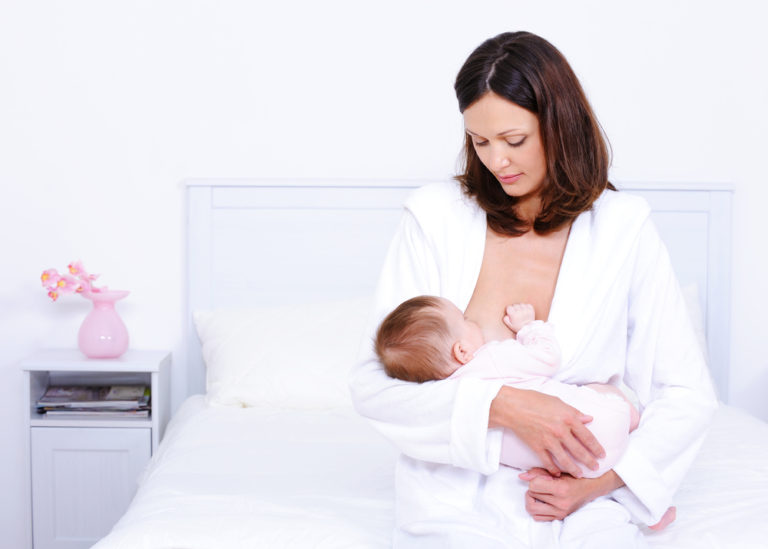
I found that nursing bras with inbuilt (removable, washable) breast pads were really helpful, the pads sit very comfortably and you just put the whole bra through the wash. I don’t leak very big amounts though.
Hi Elizabeth, Yes thanks for mentioning those as well!